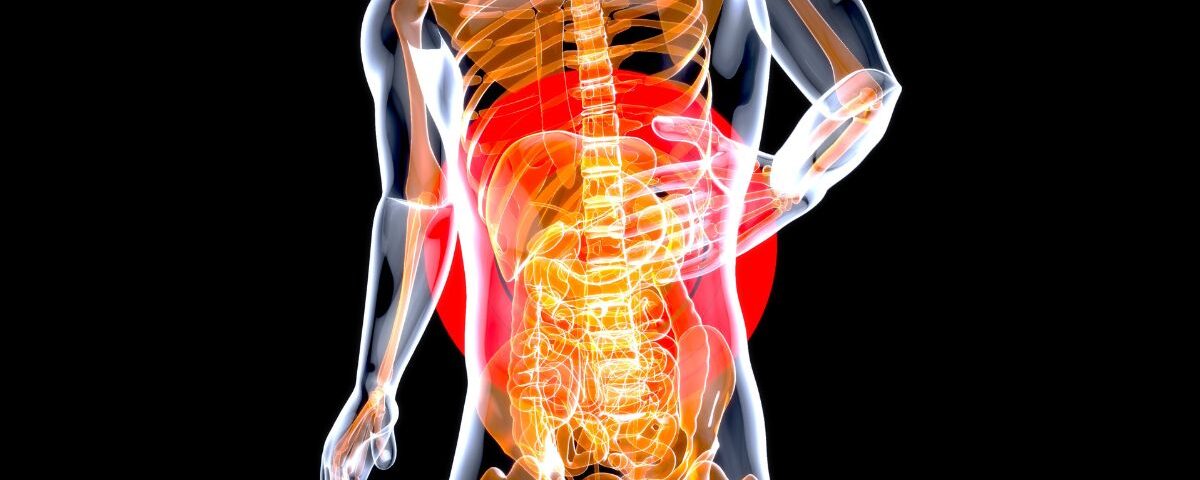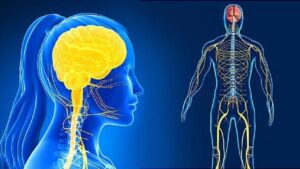Ask any medical student and they’ll tell you—neuroanatomy is one of the most intense, overwhelming subjects in the preclinical curriculum. With complex brain structures, endless tracts, and high-stakes exams, many students feel like they’re just trying to survive.
But at SGA Middletown, something different is happening.
Instead of pushing through with stress and last-minute cramming, students are actually thriving in neuroanatomy—and it’s not by accident. The Student Government Association (SGA) has stepped in with targeted support, smarter study resources, and a new mindset focused on long-term success.
Why Neuroanatomy Is So Tough?
Neuroanatomy isn’t just memorization—it’s spatial, functional, and high-pressure. The material is dense and detailed, and it’s hard to understand unless you can truly visualize the 3D relationships between brain structures and pathways.
Here’s why students often struggle:
- Too many structures to memorize (nuclei, gyri, sulci, cranial nerves, tracts)
- Concepts that build rapidly in complexity
- Clinical correlations that are difficult without foundational clarity
- Fast-paced lectures with minimal time to digest
In short, it’s one of the most cognitively demanding courses in med school.
How SGA Middletown Is Making a Difference
SGA recognized that traditional study methods weren’t enough. So they designed a multi-layered support system to help students not just survive—but thrive.
1. Peer-Led Neuroanatomy Review Sessions
Upperclassmen who aced the course now lead weekly review sessions. These aren’t just rehashes of lecture slides—they focus on simplifying the hardest topics, using analogies, clinical examples, and whiteboard breakdowns.
2. 3D Neuro Lab Walkthroughs
SGA partnered with faculty to offer small-group guided neuro lab reviews, using physical brain models, digital neuroanatomy platforms, and interactive diagrams to help students understand spatial relationships and neural pathways.
3. Themed Study Packs & Memory Tools
From “Cranial Nerve Bingo” to spinal cord pathway cheat sheets, SGA has created custom neuroanatomy resources that turn memorization into mastery. Students can access these digitally or in print from the academic support center.
4. Stress-Relief & Focus Weeks
During high-stress periods (like practicals and NBME week), SGA organizes neuro-themed wellness breaks, free snacks, mindfulness sessions, and Pomodoro-style study halls to boost focus and reduce burnout.
Results: More Confidence, Better Scores
Students report:
- Greater confidence identifying structures and pathways
- Less anxiety going into labs and practicals
- More active participation in neuro discussions and cases
- Improved performance in both practical and written exams
What was once a “survival course” is becoming a strength—and a standout achievement in many students’ early med school experience.
Conclusion:
Neuroanatomy may be one of the hardest parts of med school, but it doesn’t have to break students. Thanks to the strategic, student-focused efforts by SGA Middletown, the course is no longer just about memorizing parts of the brain—it’s about building confidence, clinical insight, and long-term learning habits.
The shift from surviving to thriving is real—and it’s only the beginning.
FAQs
Why is neuroanatomy such a challenging subject?
It requires deep understanding of spatial relationships and complex neural pathways, making it both conceptually and visually difficult—especially without 3D learning tools.
How is SGA supporting students in neuroanatomy?
Through peer tutoring, hands-on lab walkthroughs, digital study guides, and wellness-focused events, SGA helps students stay engaged and confident throughout the course.
What are some study tips for mastering neuroanatomy?
Use 3D models, draw pathways repeatedly, learn clinically, and teach others. Spaced repetition and mnemonics can also greatly improve retention.
Does this support help with board prep?
Yes. Students who learn neuroanatomy well early on find it much easier to tackle neuro sections on exams like the COMLEX and USMLE Step 1.




